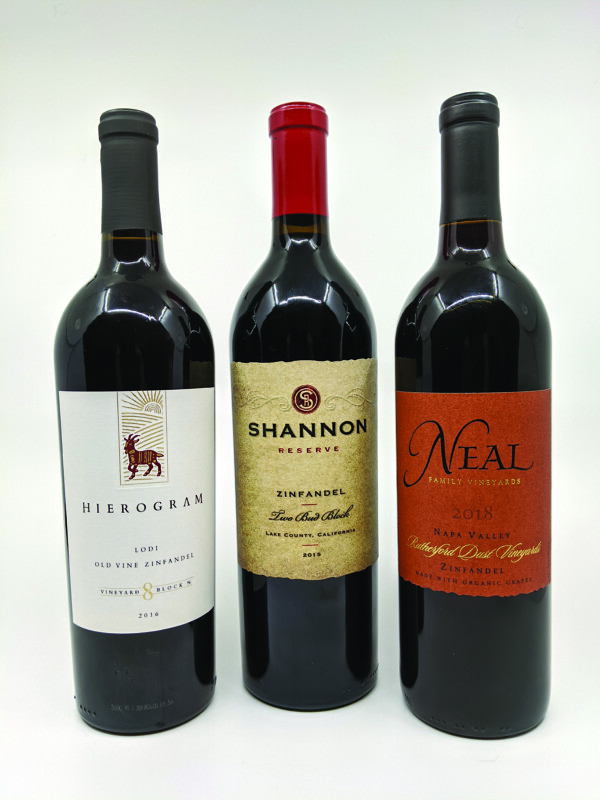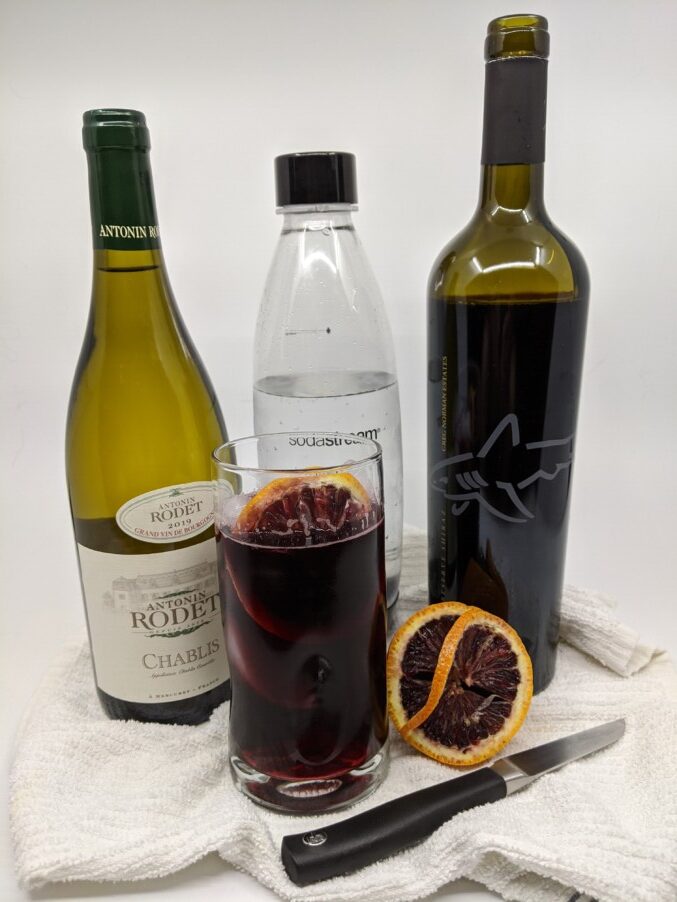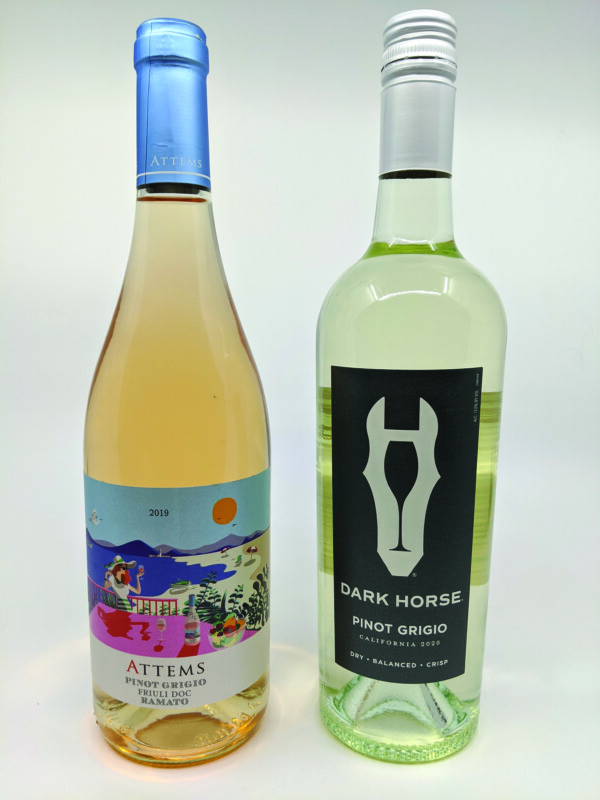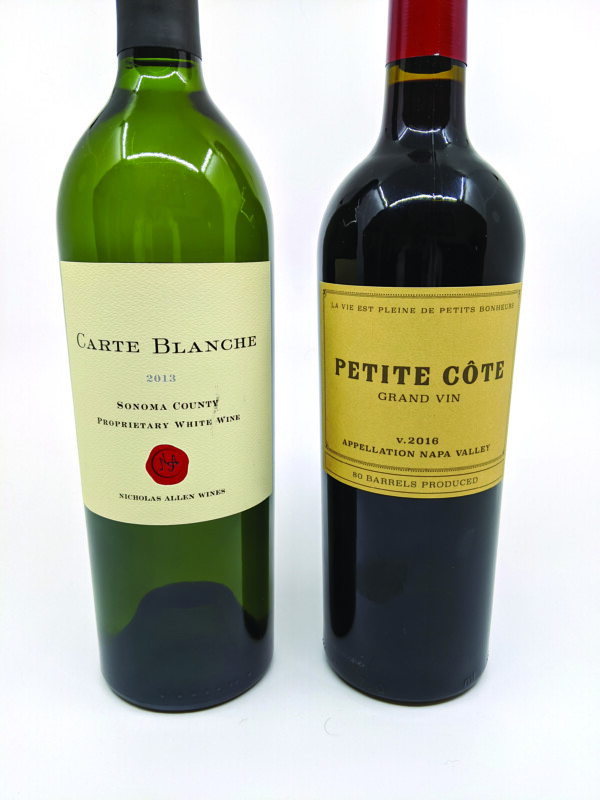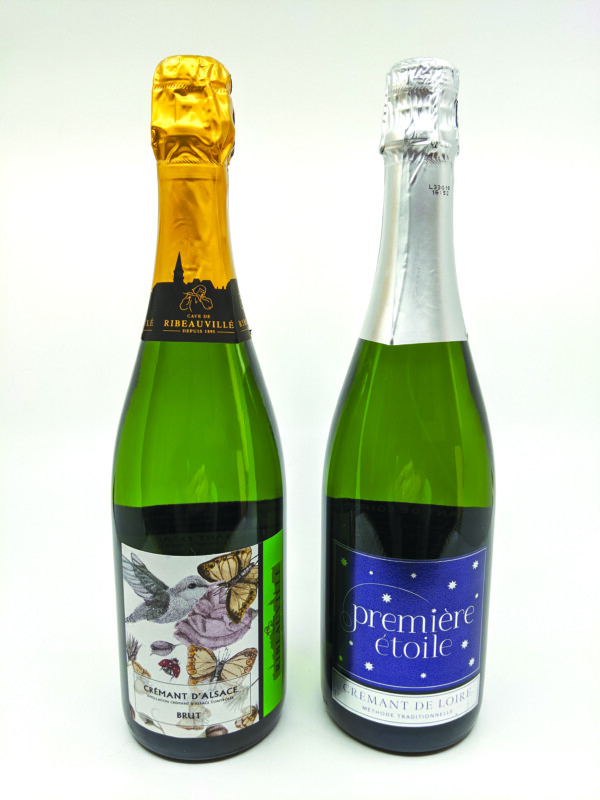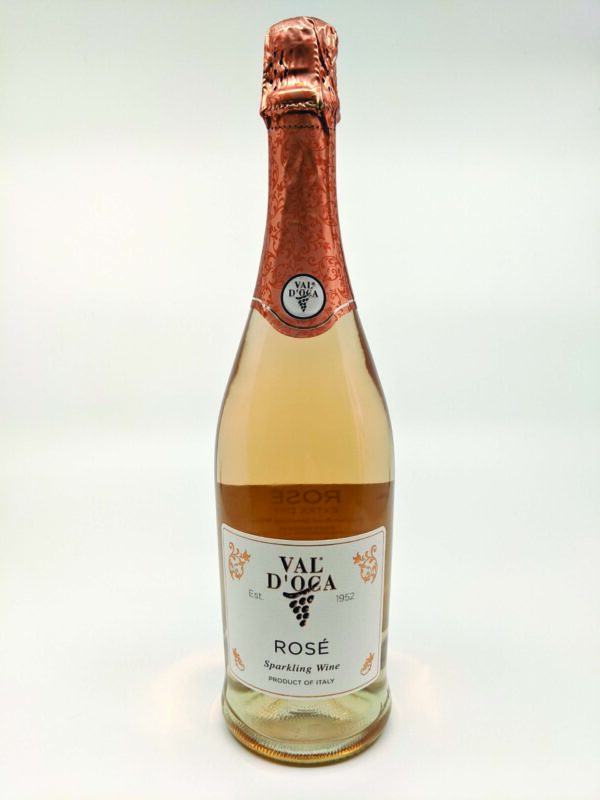Three variations on the versatile zinfandel
Zinfandel wine has a long and storied past.
Those of a certain age may remember it as a jug wine, bottled in huge tear-shaped bottles, or as a rosé, known as white zinfandel. But zinfandel has been around a lot longer than Gallo. The roots of this grape varietal can be traced to the southern “heel” of Italy, where it is known as primitivo, and well before that to Croatia, where it is indigenous, and was likely cultivated by ancient Greek colonists. Arriving in the United States in 1829, and cultivated in greenhouses on the East Coast as a table grape, it made its way west in the Gold Rush of 1849, where it became known as zinfandel by the 1870’s. In fact, some of these original vines still exist, known as “old vine” zinfandel — though the whole topic of what can be called or classified as “old vine” can be taken up in a separate column. Zinfandel grapes survived Prohibition in large numbers because they could be used in the production of homemade wine, which remained legal.
While it is grown across the United States, California takes the lead, by far. It can be made into late harvest dessert wines, rosés and Beaujolais-style light reds, all the way to big hearty reds and fortified wine in the style of port. As in all wine, the quality and character of the wine depends on the climate, location and age of the vineyard (terroir) as well as the technology and skill employed by the winemaker. Because of this wide spectrum of color, nose, taste, body and, yes, alcoholic content, zinfandel can accompany perhaps the widest of culinary offerings. It is especially good with barbecued meat: chicken and pork with sweet sauces, grilled beef, braised meats and casseroles, strong and bold cheeses from a dry Jack to aged goat cheese to Parmesan. It can be paired with spicy Mexican food and pasta dishes with robust red sauces, pizza, and root or grilled vegetables. The possibilities are virtually endless, surpassing most other wine types when paired with food.
Our first wine, Hierogram 2016 Vineyard Block 8 Old Vine Zinfandel (originally priced at the New Hampshire Liquor & Wine Outlets at $45.99, reduced to $22.99), is from Lodi, San Joaquin County, in the Central Valley of California, where some of the oldest zinfandel vines in California are planted. This wine results from them. It is dark maroon in color, and to the nose it has cherry and dark berry notes. These notes carry through to the tongue, with a full mouth feel and a bit of tangy spiciness and chocolate. Mild tannins from aging 15 months in 60 percent new American oak accompany the fruit to impart a rich, full sensation.
Our second wine, Neal Family Vineyards 2018 Rutherford Dust Vineyard Zinfandel (originally priced at the New Hampshire Liquor & Wine Outlets at $32.99, reduced to $29.99), hails from the floor of Napa Valley. This is a fully organically grown and produced wine with a low production of 613 cases coming from the Rutherford AVA. A blend of 91 percent zinfandel and 9 percent petite syrah, it is co-fermented and aged for 15 months in 40 percent new Hungarian oak puncheons. The adjacently planted two grape varietals complement one another. The color is a deep maroon, the nose is full of fruit — plum, with touches of vanilla. This carries through to the mouth, with a touch of tobacco from the oak along with an elusive herbal quality. A perfect wine for a weekend barbecue.
Our third wine, Shannon Reserve 2015 Two Bud Block Zinfandel (originally priced at the New Hampshire Liquor & Wine Outlets at $37.99, reduced to $17.99), is from Lake County, California. It is also a blend of 95 percent zinfandel and 5 percent petite syrah. It is aged for 20 months in 35 percent new French and American oak. The vineyards are sustainably farmed with sheep controlling the weeds and fertilizing the vines. The color is of a deep maroon, the nose of rich blackberries and vanilla, which carries through to the mouth enriched by a hint of chocolate. The oak imparts subtle tannins, all made for pairing to great barbecued fare.
So explore the subtle differences not only of these three zinfandels but of the other seemingly countless approachable “zins” to be enjoyed with a vast array of foods and cuisines.
Featured photo: Courtesy photo.

